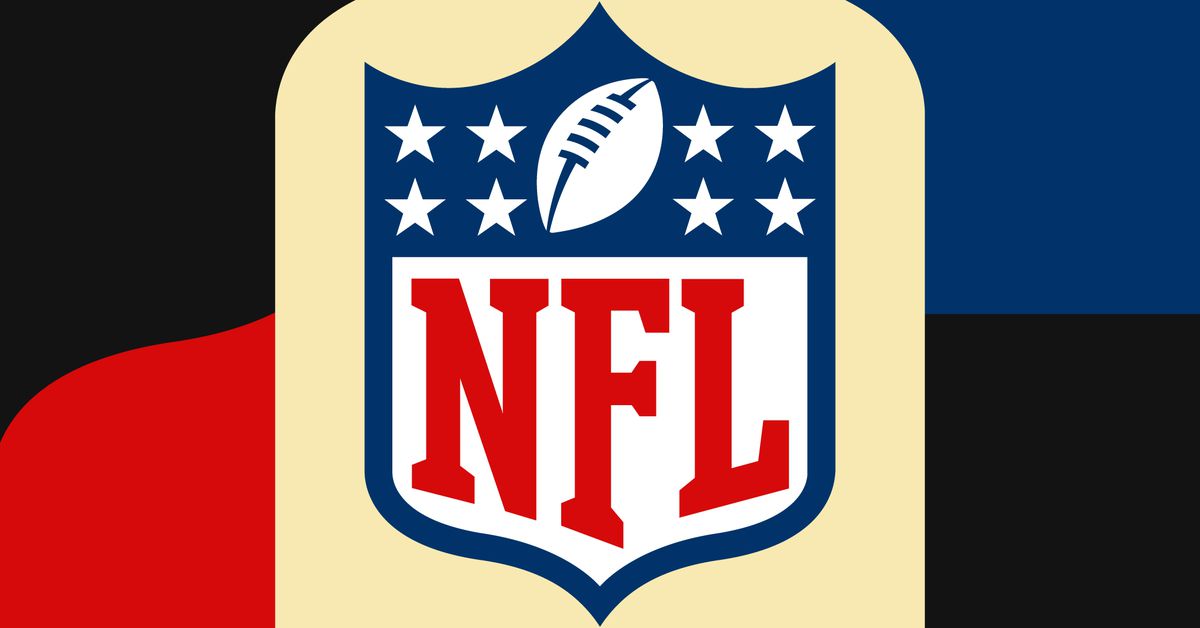Digital twins, unprecedented collaboration: What the metaverse means for developers
Were you unable to attend Transform 2022? Check out all of the summit sessions in our on-demand library now! Watch here.
The concept of a metaverse isn’t new — the term itself was coined a full 30 years ago — but public awareness of it has erupted over the past year since a particular announcement by the company formerly known as Facebook.
Initially, the most talked-about use cases were the usual suspects. Social media, gaming, movies and other entertainment experiences were top of mind for media and the public alike. However, considering the metaverse remains in its infancy, the possibilities are endless. And since apps and software are already at the center of every business and organization, developers have a unique opportunity to shape what the metaverse becomes with help from these newfound collaborative capabilities.
There are two ways to look at the metaverse: what it is now and what it will become in the future. If you think about the early days of the internet, when the term “cyberspace” was popular, nobody knew what cyberspace meant exactly. Still, it conjured images of VR headsets and an immersive experience, even if cyberspace didn’t completely live up to what 1990s-era movies predicted.
Today, there isn’t one single metaverse, although various platforms and companies would like you to believe otherwise. Instead, multiple platforms could be considered metaverses (or “verses” for short) in their own right, including HyperVerse, Decentraland, The Sandbox and even the mostly-for-kids platform Roblox.
In an ideal future, the metaverse would be a globally connected network of verses that meld the physical and virtual worlds together. It would integrate the internet with various forms of immersive technology like VR and AR to create experiences unmatched by anything we’ve ever seen.
This vision, of course, has many implications for public and personal interactions. Imagine taking a live class from your kitchen in California taught by a renowned French pastry chef who’s in Paris. You might attend a performance of an up-and-coming singer at an intimate jazz club in New York from your couch in Dallas. And the value need not stop with your free time. Remote software developers could collaborate with teammates and colleagues worldwide in a way that’s much more realistic and hands-on than today’s Slack and Zoom interactions.
The key to collaboration in the metaverse: Digital twins
You’ve probably heard the popular phrase “digital twin” as it relates to Industry 4.0 and other IIoT strategies. In these cases, the term is used to describe a collection of properties, identifiers and activity — both real time and historical — which can digitally represent the physical industrial asset in a realistic way. These industrial digital twins are used for troubleshooting, modeling, what-if analysis and more. The most advanced digital twin systems are beginning to capture the processes and interactions of assets as well.
As metaverses develop, we may very well see significant early adoption in industrial operations. Allowing humans to interact with digital twins in an industrial metaverse presents many interesting opportunities to improve operations and safety and to take chances that would be outlandishly dangerous in production environments. Rebooting a simulation is far better than rebuilding a machine.
Bring these capabilities to everyday life, and the possibilities grow exponentially. Early applications for digital twins in the consumer metaverse have introduced some very interesting concepts for job training and other occupational simulation, rehabilitative solutions for injured persons, and low-risk training exercises for all sorts of human-to-human, human-to-machine and machine-to-human interactions that are otherwise impractical due to cost and/or risk.
There is even a possible future where our own activity and behavior are used to create a human digital twin — extending the existing concept of avatars into something far more advanced. Perhaps there will be a day when we can leave our own digital twin in the metaverse to interact with others, provide services or even work digital jobs while we are asleep or offline, or even after we have died. It’s both frightening and exciting to think about the metaverse and human digital twins as a pathway to some measure of immortality. The implications here may never be fully understood.
What the metaverse could (and should) mean for developers
Whether you are a developer looking to enter into the metaverse market or a gaming software or hardware developer looking to find new applications in the metaverse, there are a few key items to keep in mind.
First, the metaverse is about edge, cloud and everything in between. Understanding these concepts, the nature of distributed apps, and how they overlap with other technology trends like decentralized apps, ledgers and hybrid time series platforms will pay off in the long run. There will be difficult “build or adopt” decisions everywhere in the application, and being pragmatic in these choices will make all the difference in a megatrend market.
Second, despite what they may think, no vendor “owns” the metaverse. While several vendors have launched consumer-ready hardware and app platforms, and even made drastic name changes, today’s vendor-specific metaverse is more akin to America Online than to the modern internet. Product managers need to go where the users go, and engineers need to build into well-adopted frameworks to get the real-world testing they require; but all should keep in mind that the metaverse will ideally become a loosely coupled ecosystem of hardware, software and infrastructure providers, with commercial and open source technology providing consumers a portal into the next evolution of the internet.
Brian Gilmore is director of IoT and emerging technologies at InfluxData
DataDecisionMakers
Welcome to the VentureBeat community!
DataDecisionMakers is where experts, including the technical people doing data work, can share data-related insights and innovation.
If you want to read about cutting-edge ideas and up-to-date information, best practices, and the future of data and data tech, join us at DataDecisionMakers.
You might even consider contributing an article of your own!


